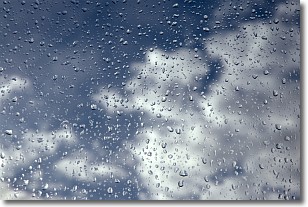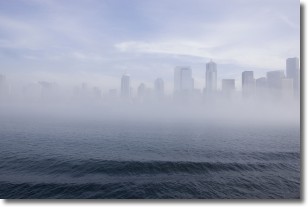Weather Alert in Louisiana
Flood Watch issued July 17 at 1:39PM CDT until July 19 at 1:00AM CDT by NWS New Orleans LA
AREAS AFFECTED: Pointe Coupee; West Feliciana; East Feliciana; St. Helena; Washington; Iberville; West Baton Rouge; East Baton Rouge; Assumption; St. James; St. John The Baptist; Upper Lafourche; St. Charles; Upper St. Bernard; Upper Terrebonne; Lower Terrebonne; Lower Lafourche; Coastal Jefferson; Lower Plaquemines; Lower St. Bernard; Northern Tangipahoa; Southeast St. Tammany; Western Orleans; Eastern Orleans; Northern St. Tammany; Southwestern St. Tammany; Central Tangipahoa; Lower Tangipahoa; Northern Livingston; Southern Livingston; Western Ascension; Eastern Ascension; Upper Jefferson; Lower Jefferson; Upper Plaquemines; Central Plaquemines; Pearl River; Northern Hancock; Northern Harrison; Northern Jackson; Southern Hancock; Southern Harrison; Southern Jackson
DESCRIPTION: * WHAT...Flooding caused by excessive rainfall continues to be possible. Scattered to numerous showers and thunderstorms are expected at times through early Friday evening. Rainfall rates in excess of 2 to 4 inches per hour are likely with some storms. An additional 2 to 4 inches, with locally higher amounds, is expected through Friday evening. * WHERE...Portions of southeast Louisiana, including the following parishes, Assumption, Central Plaquemines, Central Tangipahoa, Coastal Jefferson Parish, East Baton Rouge, East Feliciana, Eastern Ascension, Eastern Orleans, Iberville, Lower Jefferson, Lower Lafourche, Lower Plaquemines, Lower St. Bernard, Lower Tangipahoa, Lower Terrebonne, Northern Livingston, Northern St. Tammany, Northern Tangipahoa, Pointe Coupee, Southeast St. Tammany, Southern Livingston, Southwestern St. Tammany, St. Charles, St. Helena, St. James, St. John The Baptist, Upper Jefferson, Upper Lafourche, Upper Plaquemines, Upper St. Bernard, Upper Terrebonne, Washington, West Baton Rouge, West Feliciana, Western Ascension and Western Orleans and southern Mississippi, including the following areas, Northern Hancock, Northern Harrison, Northern Jackson, Pearl River, Southern Hancock, Southern Harrison and Southern Jackson. * WHEN...Through late Friday night. * IMPACTS...Excessive runoff may result in flooding of rivers, creeks, streams, and other low-lying and flood-prone locations. Flooding may occur in poor drainage and urban areas. * ADDITIONAL DETAILS... - http://www.weather.gov/safety/flood
INSTRUCTION: You should monitor later forecasts and be alert for possible Flood Warnings. Those living in areas prone to flooding should be prepared to take action should flooding develop.
Want more detail? Get the Complete 7 Day and Night Detailed Forecast!
Current U.S. National Radar--Current
The Current National Weather Radar is shown below with a UTC Time (subtract 5 hours from UTC to get Eastern Time).

National Weather Forecast--Current
The Current National Weather Forecast and National Weather Map are shown below.

National Weather Forecast for Tomorrow
Tomorrow National Weather Forecast and Tomorrow National Weather Map are show below.

North America Water Vapor (Moisture)
This map shows recent moisture content over North America. Bright and colored areas show high moisture (ie, clouds); brown indicates very little moisture present; black indicates no moisture.

Weather Topic: What is Drizzle?
Home - Education - Precipitation - Drizzle
 Next Topic: Evaporation
Next Topic: Evaporation
Drizzle is precipitation in the form of water droplets which are
smaller than raindrops.
Drizzle is characterized by fine, gently falling droplets and typically does not
impact human habitation in a negative way. The exception to this is freezing drizzle,
a condition where drizzle freezes immediately upon reaching earth's surface.
Freezing drizzle is still less dangerous than freezing rain, but can
potentially result in hazardous road conditions.
Next Topic: Evaporation
Weather Topic: What is Fog?
Home - Education - Cloud Types - Fog
 Next Topic: Fractus Clouds
Next Topic: Fractus Clouds
Fog is technically a type of stratus cloud, which lies along the
ground and obscures visibility.
It is usually created when humidity in the air condenses into tiny water droplets.
Because of this, some places are more prone to foggy weather, such as regions
close to a body of water.
Fog is similar to mist; both are the appearance of water droplets suspended in
the air, but fog is the term applied to the condition when visibility is less than 1 km.
Next Topic: Fractus Clouds
Current conditions powered by WeatherAPI.com




